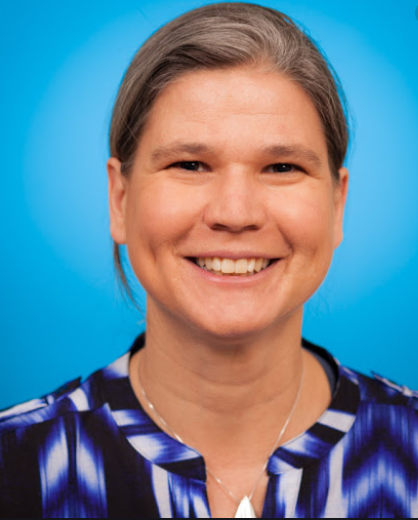THUNDER BAY — The 2016 national census showed that Thunder Bay had the biggest proportion of Indigenous people among Canada's larger population centres – 12.7 per cent, up from just over 8.0 per cent a decade earlier.
However, the authors of a recent report say Statistics Canada has grossly underestimated the size of Thunder Bay's Indigenous population.
Researchers with the Well Living House at Toronto's St. Michael's Hospital, and Anishnawbe Mushkiki Aboriginal Health Access Centre in Thunder Bay, have concluded that the Indigenous adult population in the city is likely closer to 30,000.
That's three times what the 2016 census concluded.
The Our Health Counts: Thunder Bay project was funded by the Ontario Ministry of Health and Long-Term Care.
Principal investigator Dr. Janet Smylie says a survey of more than 600 Indigenous adults living in the city found that only 15 per cent had completed the federal census, meaning that Statistics Canada's calculation of the local Indigenous population is based on a sampling bias.
Dr. Smylie said she's not surprised, because it reflects similar findings from research in three southern Ontario cities.
"Indigenous people don't do the census because usually, in cities, it's a non-Indigenous person that's calling them or sending them a letter asking them to do the census. And because of the history of policies, usually when people outside our community are collecting information about us, it doesn't bode well," she said.
Smylie added "There's no good reason for people to lie about doing the census. If there was a bias in the answers they would lie and say 'yes' because they would be afraid of getting in trouble for not doing it."
A spokesperson for Statistics Canada told TBNewswatch the agency acknowledges and accounts for undercoverage in the census.
According to senior research analyst Mohan Kumar, in the 2016 census the net undercoverage among all Canadians was estimated at 2.4 per cent, but in Thunder Bay it was 5.2 per cent.
Kumar said the undercoverage varies across the country by region and by age group.
"We know this is higher among young adult males. In Thunder Bay we saw that it was higher than what we have across Canada," he said.
Most households in Canada received the short form of the census in 2016, but 25 per cent of households in urban areas received the long form, which contained questions on whether a person identifies as First Nations, Metis or Inuit.
The responses from this sample were weighted by statisticians to determine a representative count of the overall population.
Kumar noted that "it's not entirely unexpected that most people have not filled out the form, because it's typically one person who completes a survey on behalf of everyone in the household. This means that not everybody in the household has to directly complete the survey."
He said undercoverage may occur because the census form is only mailed to private dwellings, so people such as those experiencing homelessness, or residing in nursing homes, would not receive the long form.
According to Kumar, Statistics Canada can also access other data bases including income tax returns and death records to improve the accuracy of the census.
He declined to comment specifically on the findings of the Indigenous health survey in Thunder Bay.
However, Dr. Smylie said the agency has "no gold standard of knowing" how many Indigenous people are completing the census.
"Of course they're going to refute" the Our Health Count findings, she said, "but I'm a Tier One Canada Research Chair publishing in academic journals. They're sitting in office buildings in Ottawa."
Smylie – who's also a professor in the Dalla Lana School of Public Health at the University of Toronto – said the Thunder Bay survey utilized Indigenous community social networks and rigorous scientific methods.
"Using a by-Indigenous community for-Indigenous community population health assessment approach is much more effective than traditional methods," she argued.
Micheal Hardy, the executive director of Anishnawbe Mushkiki Aboriginal Health Access Centre, said it's important to establish an accurate population count, to ensure the availability of basic services for the Indigenous population, such as health care.
"If the population is 30,000, you would start to assume right away that you would probably need more Indigenous-governed health care systems for those people who are currently not able to access these services," Hardy told TBNewswatch.
The survey found that only 50 per cent of Indigenous adults in Thunder Bay currently have a regular family doctor or nurse practitioner. and that more than one in four had unmet health needs over the past 12 months.
Almost half the respondents reported accessing emergency care over the past year, compared with an estimated 19 per cent of Ontarians.
Regina Mandamin, Manager of Indigenous Relations & Inclusion for the City of Thunder Bay, said in response to an inquiry from TBNewswatch that "for now" the city relies on census figures for baseline data, but is mindful of the fact that the most recent statistics are out of date.
